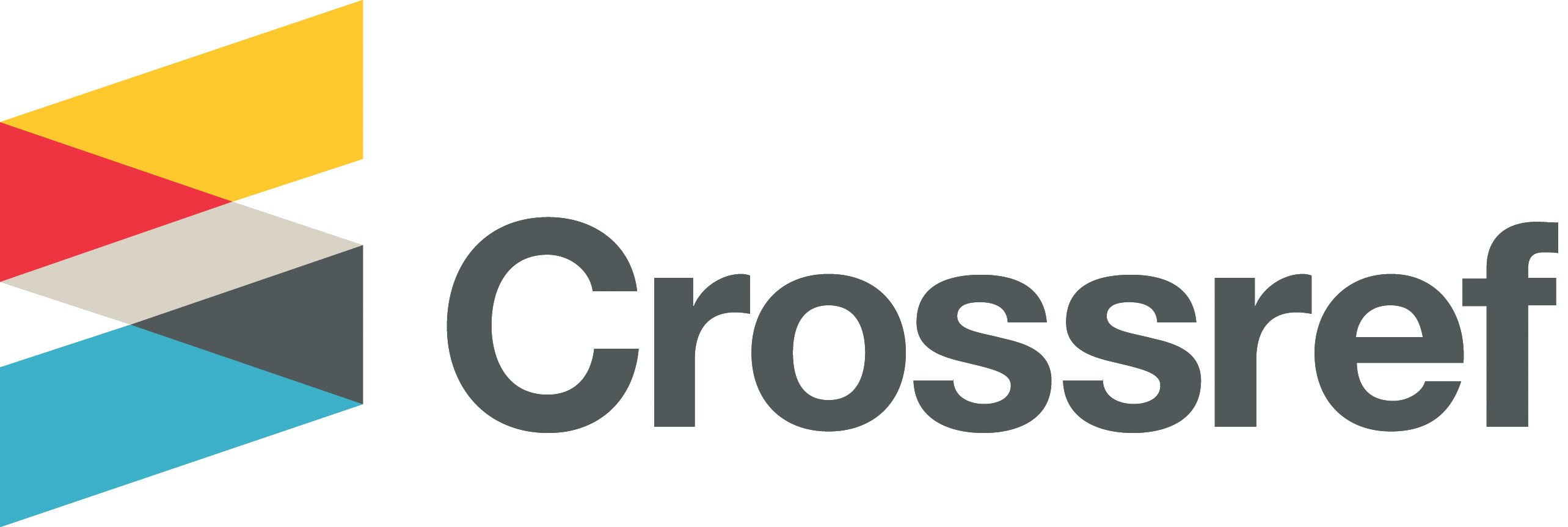Plagiarism
Plagiarism can be defined as using someone else’s work as your own without due acknowledgment and constitutes a serious breach of ethics and academic integrity. Any reference to another’s work should be properly referenced.
Plagiarism can occur in many ways, including by quoting or paraphrasing another’s work without proper acknowledgment, copying and pasting from online resources without proper referencing, using someone else’s research and/or concepts on your own work without referencing, or outright submitting another’s work as your own or not giving co-authors proper recognition.
Other media are also susceptible to plagiarism. Any images, tables, code, drawings, (to name the most usually found in academic content) must have their original authors properly identified.
If any sort of submission, in its entirety or partially, is suspected to be plagiarized, it is up to the editor to make the necessary inquiries. In cases of proven plagiarism, we reserve the right to reject the submission or retract it if it is already published.
Our policy for similarity levels is the similarity with each source should not exceed 1% and total similarity should not exceed 15%. To avoid desk rejection, authors might consider checking the similarity level before submission.
We also recommend that editors and authors familiarize themselves with COPE’s Text recycling guidelines for editors also How should editors respond to plagiarism? April 2011.
Self-Plagiarism
Redundant publication or “Self-Plagiarism” as is more commonly referred to, happens when an author publishes the same work or significant portion of the work more than once. This can happen even if the media or language are not the same.
These duplicate publications should only be allowed if it improves scientific research in any way. Even in these cases, authors should take care to obtain consent from the editors and publisher and to reference the original work.
Like with plagiarism, we expect that any suspect cases of “self-plagiarism” to be reported so that the journal editors can make their due diligence.
We also recommend that editors familiarize themselves with COPE’s Text recycling guidelines for editors.
Falsification or Fraud
If any submission is proven to include any sort of false or fraudulent content, the author must explain how and/or why that happened. If there is clear ill-intent, the editor should contact the author’s institution’s ethics committee. The submission should also be removed and any future submissions from the author may be refused immediately.













